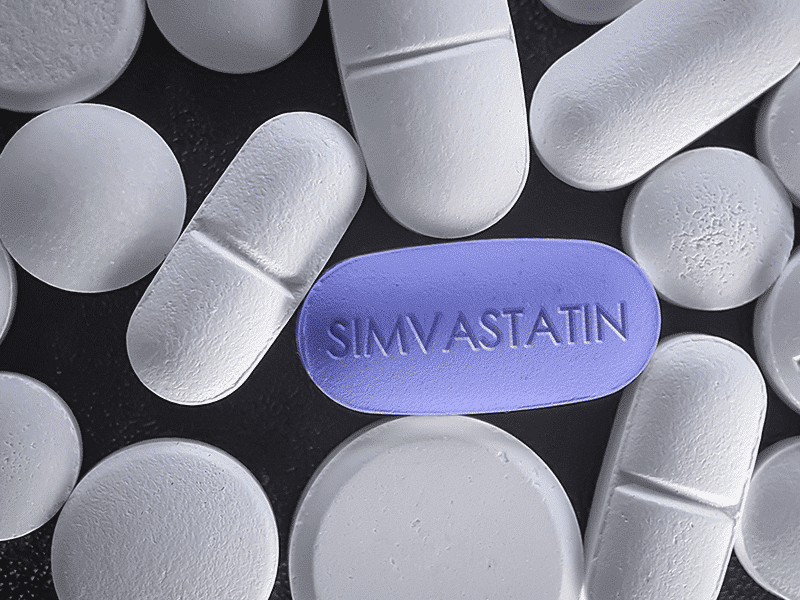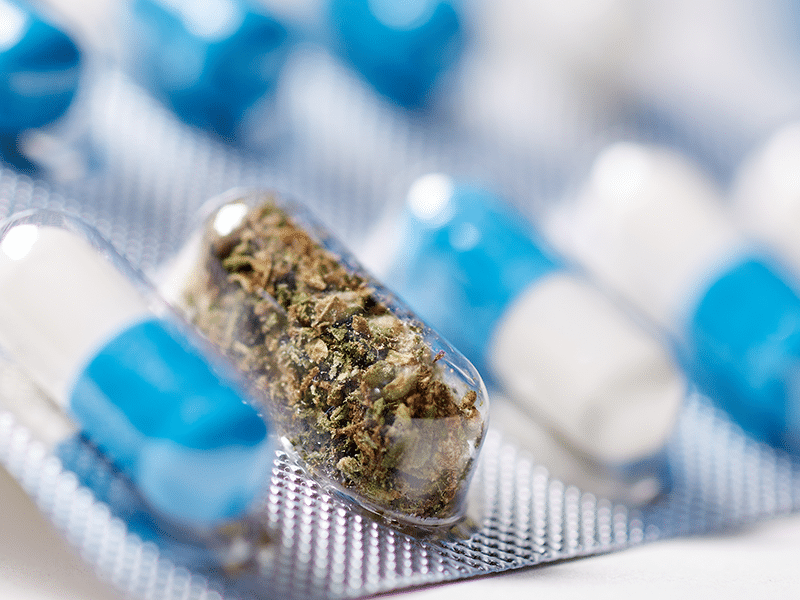Welcome to our archive of educational information on the medical applications of CBD that we have assembled with the help of Lex Pelger at White Whale Creations. Here, you’ll find the latest research, treatments, and therapies involving CBD and cannabis for a range of health conditions. Our goal is to provide a comprehensive online resource for both patients and healthcare professionals alike, with a focus on evidence-based research and practical advice.
The Medical Uses of CBD & Cannabis: An Introduction
Major Diseases
Cancer
Cardiovascular disease
Sleep problems
Nausea
Stress
Neurological
- Alzheimer’s & Dementia
- Stroke & Ischemia
- Autism Spectrum Disorder
- Parkinson’s Disease
- Epilepsy & Seizures
- Traumatic Brain Injury
- Multiple Sclerosis (MS)
- ALS (Lou Gehrig’s disease)
- Huntington’s Disease
- Stutter
- Prion Disease
Pain
Mental Health
- Anxiety
- Addiction & Alcoholism
- ADD / ADHD
- PTSD
- Depression
- Bipolar Disorder
- OCD
- Schizophrenia & Psychosis
Metabolic/Endocrine
- Obesity
- Diabetes
- Pancreatitis
- Kidney & bladder issues
- Endometriosis
- Liver disease
- Endocrine disorders
- Metabolic disorders
Respiratory / Lung
Autoimmune / Inflammation
Bone, Muscles, Tissues
Other
Medical Uses of CBD & Cannabis
Cannabis has a rich history as a medicine in many countries, including the United States. In 1854, the U.S. Dispensatory recommended cannabis tinctures for a wide range of pathologies, including depression, neuralgia, hemorrhage, pain, and muscle spasms.
Six years later, the Ohio Medical Society issued a positive report about cannabis, deeming it helpful for numerous indications, including epilepsy, infantile convulsions, dysmenorrhea, hysteria, delirium tremens, mania, palsy, whooping cough, asthma, nervous rheumatism, chronic bronchitis, and tetanus, among others.
Dr. Tod Mikuriya, who was instrumental in kickstarting the successful effort to legalize marijuana for therapeutic use in California in 1996, compiled an extensive list of chronic conditions treatable with cannabis. Based on his own experience counselling thousands of patients and information provided by other physicians, Mikuriya concluded that cannabis therapy was potentially beneficial for nearly 300 diseases.
How could this be? Shouldn’t we be skeptical of claims that one herb – cannabis – could be a viable treatment for so many diseases?
Snake Oil or Serious Medicine?
As unlikely as it may seem, there’s actually a solid scientific basis for understanding marijuana’s versatile therapeutic applications. Cannabidiol (CBD) and its intoxicating cousin tetrahydrocannabinol (THC), two key components of cannabis, mimic and augment the effects of endogenous compounds in our own bodies. These “endocannabinoids” are part of what scientists refer to as “the endocannabinoid system.” This pervasive neurotransmitter network regulates a plethora of physiological processes that profoundly impact our everyday experience.
When the endocannabinoid system doesn’t function properly, our health suffers. Definitive scientific research has shown that the endocannabinoid system is dysregulated in nearly all pathological conditions. According to Pal Pacher and Geroge Kunos, leading scientists with the U.S. National Institutes of Health, “[M]odulating endocannabinoid system activity may have therapeutic potential in almost all diseases affecting humans, including obesity/metabolic syndrome, diabetes and diabetic complications, neurodegenerative, inflammatory, cardiovascular, liver, gastrointestinal, skin diseases, pain, psychiatric disorders, cachexia, cancer, chemotherapy-induced nausea and vomiting among many others.”
By modulating the endocannabinoid system and improving endocannabinoid tone, CBD and THC can slow, or in some cases stop, the progression of various diseases. The federal government, however, refuses to acknowledge what people have known for thousands of years – that cannabis is a medically useful plant.
Instead, the Food and Drug Administration (FDA) only recognizes the medical utility of isolated components of cannabis. Single-molecule CBD and single-molecule THC are both FDA-approved prescription medications. But the plant itself, the natural source of CBD and THC, is still an illegal Schedule I substance, a category reserved for dangerous drugs with no medical value.
Single-Molecule Sophistry
The FDA simply isn’t in the business of approving plants as medicine. And because herbal cannabis isn’t an FDA-approved remedy, cannabis product-makers run afoul of the law if they make medical claims about their formulations. That puts cannabis businesses in an untenable position – they have to market their products without being able to say what they’re good for.
While favoring the pharmaceuticalization of individual cannabis components, federal policy has stymied clinical research that could validate the therapeutic use of the whole plant and its full-spectrum derivatives. Prohibitionists rely on this artificial gap in clinically relevant research to argue that there’s insufficient proof that cannabis is truly a disease modifier.
But there’s been extensive preclinical research, much of it sponsored by Uncle Sam, which explains how cannabis components confer various effects through multiple molecular pathways. And there’s also an abundance of anecdotal evidence that doctors and dispensaries have accumulated over the years in states where medical cannabis is available. The significance of this real-world evidence should not be discounted just because it doesn’t meet the so-called gold standard of double blind, randomized clinical trials, which don’t always reflect real-world outcomes.
The gold standard might be right on the money when it comes to assessing Big Pharma’s single-molecule interventions aimed at single, primary outcomes. But that’s not how cannabis works. And double blind, randomized clinical trials, while important, aren’t the only way – and might not be the best way – to illuminate the medical value of a complex plant with many components and myriad effects.
A Collective Effort
Amidst a surge of interest in CBD and cannabis therapeutics, Project CBD is aggregating condition-specific data from various sources – patients, care-givers, health professionals, historical literature, and peer-reviewed science reports from Pub Med, the online repository of the U.S. National Library of Medicine. We are engaged in an ongoing effort to gather and share pragmatic information relevant to the following areas:
- How the endocannabinoid system is dysregulated in each disease category
- What types of cannabinoid remedies are optimal for specific maladies
- CBD:THC ratios and dosage guidance
- Which terpene profiles are indicated or contra-indicated for different conditions
- Other holistic healing modalities that may complement cannabis therapeutics
Much of the research culled from PubMed consists of preclinical abstracts that focus on single-molecule cannabinoids, animal models, and in some cases human cell-line experiments. Although all mammals have cell receptors that respond to cannabis compounds, data from animal studies are not necessarily applicable to human experience.
In 2018, the FDA approved Epidiolex, a single-molecule CBD extract, as a treatment for intractable pediatric epilepsy. Epidiolex was developed by GW Pharmaceutical (now Jazz Pharmaceuticals), which has also conducted successful clinical trials of Sativex, a CBD/THC-rich sublingual spray, mainly for easing spasticity and neuropathic pain. Sativex is approved as a pharmaceutical remedy in more than two dozen countries, but not in the United States. Summaries of GW’s studies are also referenced on projectcbd.org. In addition, we monitor a growing number of clinical studies with single-molecule CBD and whole plant cannabis in Israel, Brazil, Europe, and elsewhere.
The great laboratory experiment in democracy known as medical cannabis is a work in progress. Assisted by Lex Pelger at White Whale Creations, we are continually updating the information presented on the Conditions Pages of projectcbd.org. Please pitch in by sharing your experiences with CBD and cannabis. What has helped you, and what hasn’t? And consider making a donation to support our independent research efforts.
Top Health-Related Stories:
Statins Dysregulate the Endocannabinoid System
Statin drugs cause muscle weakness and pain by suppressing cannabinoid receptor genes.
Dosing THCA: Less Is More
Discover the clinical and laboratory research on THCA for epilepsy, chronic pain, digestive disorders, and more.
CBD Drug Interactions: What You Need to Know
Drug interactions can be useful and dangerous. Learn how CBD and THC may effect pain meds, statins, blood thinners, insulin and more.




